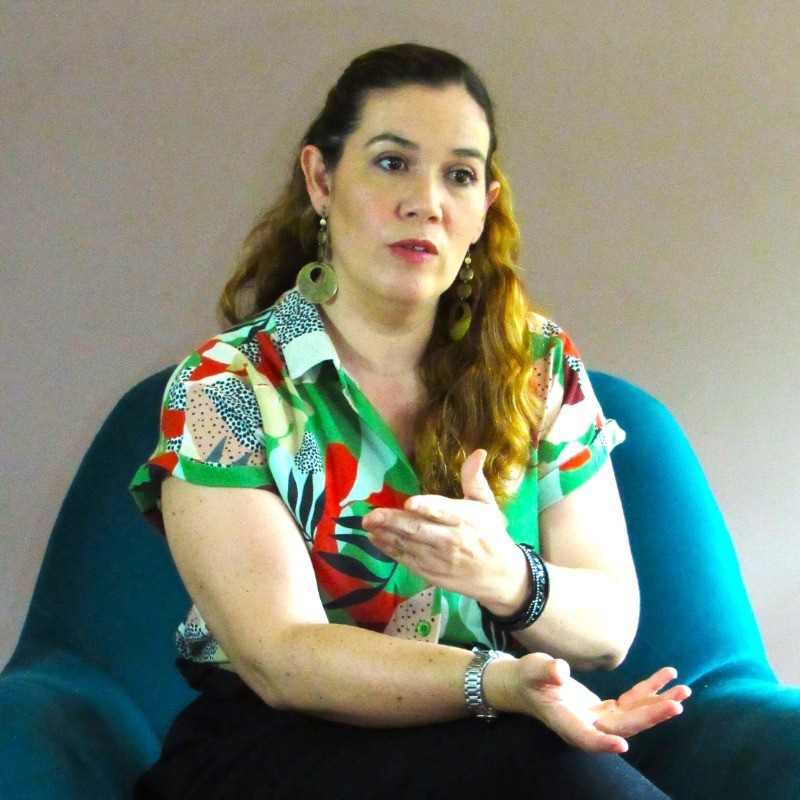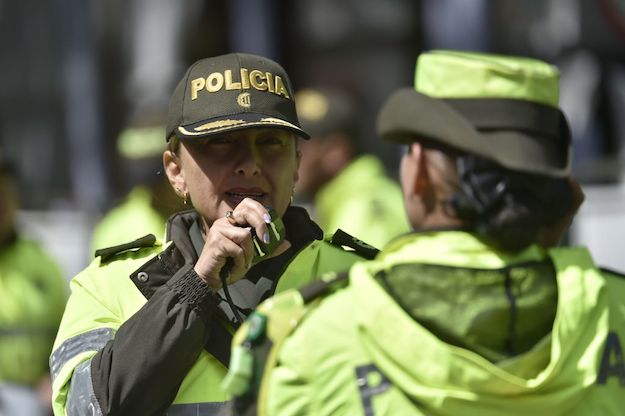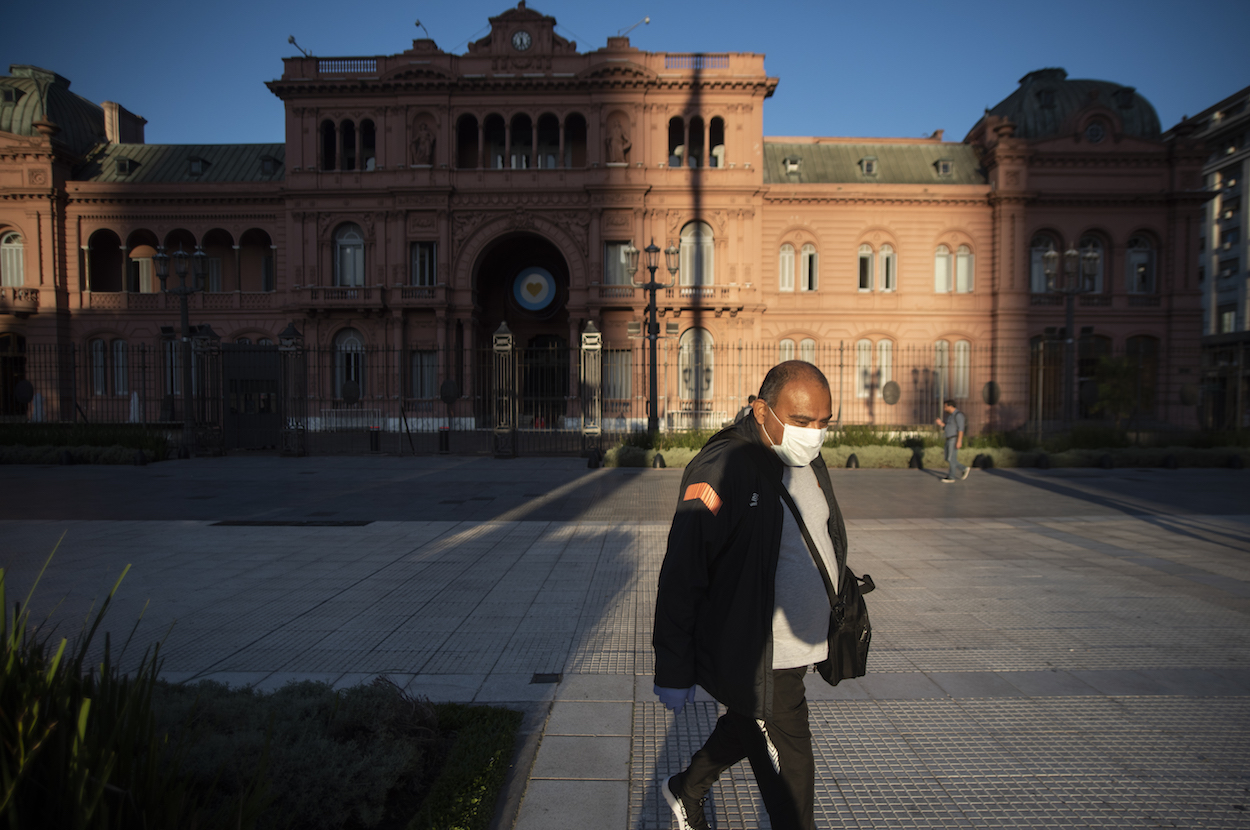This article has been updated
In spite of gloomy headlines, homicide rates declined across great swathes of the globe in 2017. A review of the latest data reveals a sharp drop in murder rates when compared to 2016. The reductions are especially pronounced in those regions that typically register the highest levels of violent crime. Take the case of the world’s most murderous region – Central America’s “northern triangle” – which saw a 23 percent decline in murder when compared to 2016.
While this downward trend is cause for cautious optimism, the global homicide drop is not evenly distributed. On the one hand, most advanced economies saw their already historically low levels of homicide diminish even further. But there are still some countries and cities struggling to shake-off high rates of lethal violence, especially Brazil and Mexico. There are also persistent data gaps in most poorer countries and cities which make it hard to fully account for changes in violence over time.
As in previous years, many Latin American and Caribbean countries are still contending with disproportionately high levels of crime and violence. The five countries registering the highest homicide rates internationally in 2017 are all located there, including El Salvador, Honduras, Jamaica, St. Kitts and Venezuela. In 2016, 43 of the 50 most violent cities were situated in the region: when the data becomes available, it is likely that the rankings will be similar in 2017.
That said, even some of these countries and cities managed to make a sizeable dent in their murder problem.
Take the case of El Salvador, listed as among the planet’s most murderous countries over the past four years. El Salvador dropped its homicide rates by 34 percent between 2016 and 2017. The current national homicide rate of 60 per 100,000 still places it at the top of the global ranking, but it is almost half of the 2015 rate of 103 per 100,000. Meanwhile, San Salvador, the capital city, reported a reduction from 136 to 100 per 100,000. The drop comes after years of investment in police training, criminal justice reform and investments in violence prevention.
Neighboring Honduras also recorded sharp reductions in homicidal violence in 2017. The murder rate dropped by 28 per cent to 46 per 100,000 last year. Declared the world’s most murderous city from 2012 to 2014, San Pedro Sula witnessed a decline of 50 per cent last year. Taking the slightly longer view, the homicide rate dropped from a high of 193 per 100,000 in 2013 to just 51.4 per 100,000 in 2017. Similar declines occurred in Belize, Guatemala, and Puerto Rico.
The turn-around in many Central American countries is in sharp contrast to the grim experience of Mexico. The ratcheting-up of clashes between organized crime and state security forces led to a dramatic 20 percent spike in murder in 2017 compared to 2016. Mexico’s homicide rate of over 20 per 100,000 is double that of 2005, the year before former Mexican President Felipe Calderón launched a war on drugs. For the first time, Mexico will be listed in the top 20 countries experiencing the highest homicide prevalence rates.
There are similarly worrying signs of deteriorating security in parts of the Caribbean. Specifically, homicidal violence has continued to increase in Jamaica, in part because of gang rivalries. The island nation has a murder rate of 56 per 100,000, the second highest in the world. Likewise, Trinidad and Tobago, registering a homicide rate of 36 per 100,000, has seen a fourfold increase since 2000 when its rate was hovering closer to 9.5 per 100,000.
The view from South America is mixed. On the positive side of the ledger, Colombia continued its extraordinary downward trend in homicides in 2017, a pattern that started in 2002. The country experienced a 5 percent reduction in relation to 2016. These improvements in public security are taking place against growing popular dissatisfaction over the peace accord with the FARC. Indeed, despite continued declines in homicide there are still predominantly rural parts of the country registering sharp increases in victimization.
As for Venezuela, no one knows exactly what is going on given the political and economic turmoil that has engulfed the country. The government has not released official figures for over a decade. Unofficial media reports suggest homicides actually reduced in 2017 by 12 percent. Even so, with a purported murder rate of 53.6 per 100,000 (the government disputes this and says it is closer to 47 per 100,000), Venezuela would still rank among the top three most violent countries in the world. There are signs, however, that state killings increased last year. Indeed, if we added state killings to the homicide tally, the rate would increase to 89 per 100,000, albeit still lower than the combined rate of 2016 (91 per 100,000).
Brazil has yet to release its 2017 data, though early indications are that its murder rate will be higher than in 2016. The Brazilian Public Security Forum – a network of research institutions – registered at least 57,395 homicides in 2016. But information for 2017 – especially data from the country’s state secretaries from public security – could increase the toll to over 60,000 in 2017. Even so, Brazil’s homicide rate of almost 30 per 100,000 is sufficiently high to ensure that it is among the top 15 most murderous countries.
Finally, the United States appears to have witnessed a modest reduction in homicide in 2017. While official data has yet to be tabulated, the national decline is due to a sharp drop in the country’s 30 largest cities. Virtually all the country’s most violent cities reportedly experienced significant declines including Detroit (-13 percent), New Orleans (-10 percent), Newark (-27 percent) and Chicago (-15 percent) – a contrast to the slight increase observed in 2016. More worrying, the country’s most violent city, Baltimore, saw its murder rate increase from 51 to 56 per 100,000.
Top 20 Countries by Homicide Rate (per 100,000)
| Rank | Country | 2016 | 2017 | Change |
|---|---|---|---|---|
| 1 | El Salvador | 81.00 | 60.00 | -34% |
| 2 | Jamaica | 50.65 | 56.00 | 11% |
| 3 | Venezuela | 58.01 | 53.66 | -8% |
| 4 | Honduras | 58.87 | 46.00 | -22% |
| 5 | Saint Kitts and Nevis | 55.61 | 42.00 | |
| 6 | Lesotho | 41.24 | ||
| 7 | Belize | 39.00 | 37.22 | -5% |
| 8 | Trinidad and Tobago | 32.03 | 36.00 | 12% |
| 9 | Saint Vincent and the Grenadines | 32.50 | ||
| 10 | South Africa | 34.26 | ||
| 11 | Saint Lucia | 34.00 | ||
| 12 | Bahamas | 31.00 | ||
| 13 | Brazil | 27.80 | 29.00 | 5% |
| 14 | Guatemala | 27.30 | 26.10 | -4% |
| 15 | Colombia | 25.40 | 23.90 | -5% |
| 16 | Mexico | 18.80 | 23.60 | 26% |
| 17 | Puerto Rico | 20.64 | 19.44 | -6% |
| 18 | Namibia | 16.40 | ||
| 19 | Dominican Republic | 16.00 | ||
| 20 | Guyana | 15.00 | ||
| 27 | Costa Rica | 11.50 | 12.10 | 5% |
| 31 | Barbados | 11.00 | ||
| 69 | Nicaragua | 7.66 | 6.84 | -11% |
* Homicide rates of previous years for: Lesotho (2015), South Africa (2016), and Namibia (2014)
While not evenly distributed, homicides are declining in most countries and cities around the world. This aligns with Steven Pinker’s thesis that claims the world is progressively safer, in spite of unsettling media headlines. And while the news is hopeful, it is worth recalling that there are still extreme pockets of insecurity that warrant urgent attention. Also important to remember is that homicides concentrate in very specific places, at certain times and among high-risk people.
It will require a focused strategy targeting smarter policing and social prevention measures at these so-called “hot spots” to reduce homicides further still. Take the case of Bogotá, where just 1.2 percent of street addresses account for 99 percent of homicides. Or consider El Salvador, where young males (30-34 years old) face homicide rates of 420 per 100,000, or 60 times the global average. In Brazil, violence is the leading cause of death for young black men, shaving up to 20 years of life expectancy.
In the end, homicides are just one element of the global burden of violence. There are worrying signs that deaths due to both terrorism and armed conflicts are on the rise after a half century-long decline. Most of the killings in these latter settings are also clustered in a small number of African, Middle Eastern and Central Asian states and cities. Even so, the decline in murder is cause for some comfort that smart and informed public policies can make a difference in making the world safer.
This article was updated following the release of new data on homicide rates in Latin America
—
Robert Muggah is a co-founder and research director of the Igarapé Institute, a leading think and do tank in Brazil. He is also co-founder of the SecDev Group and SecDev Foundation, digital security and risk analysis groups with global reach.
Aguirre is a researcher at the Igarapé Institute.










